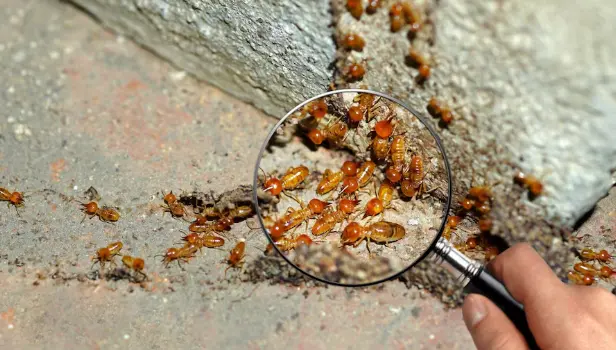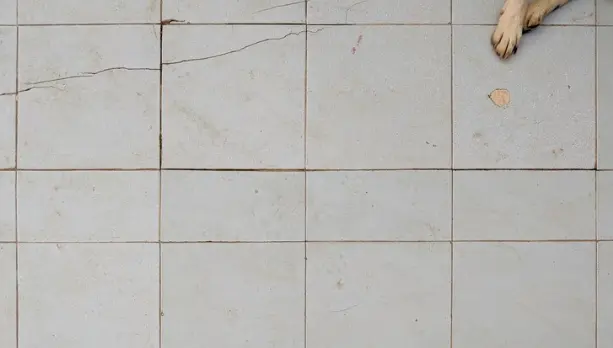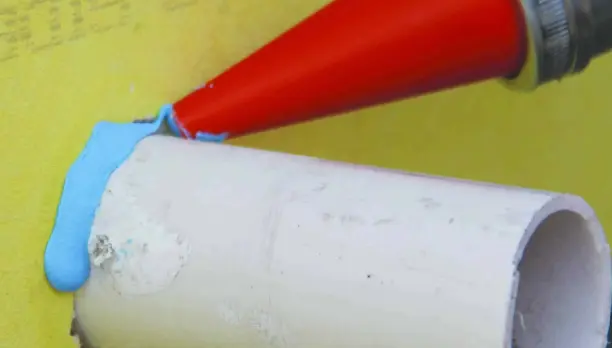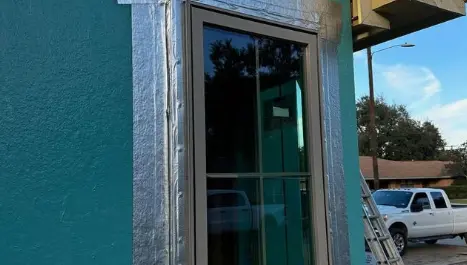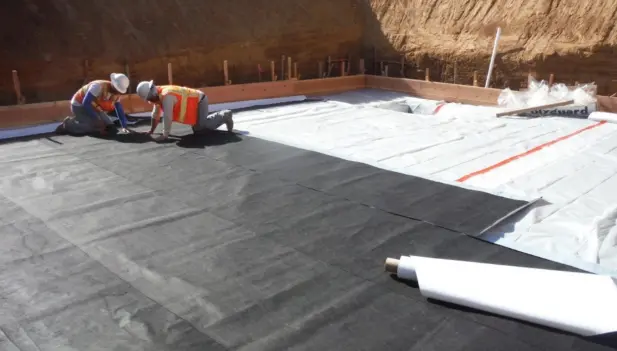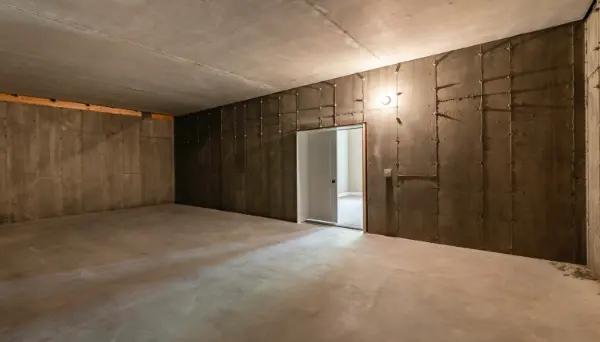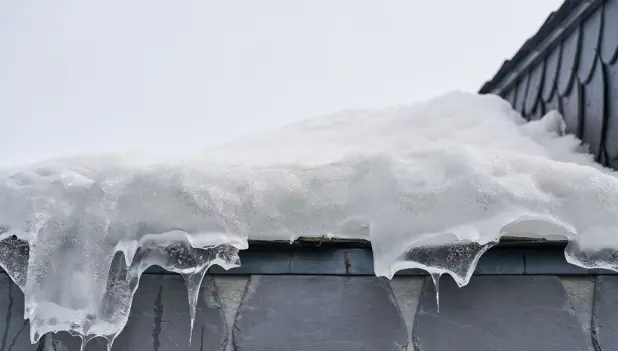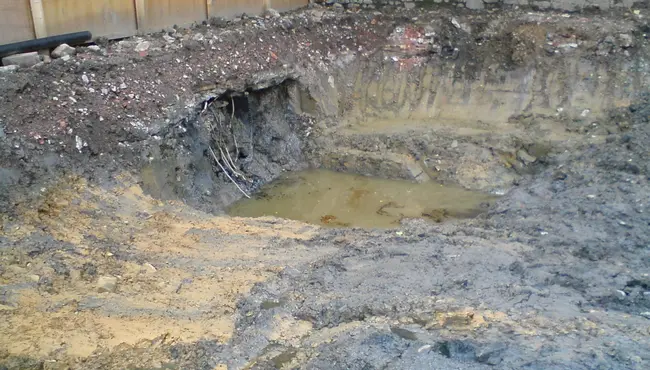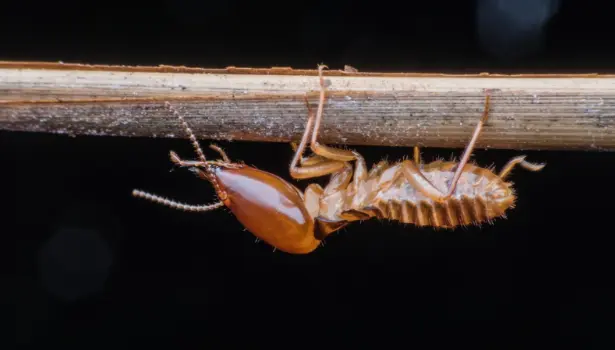Crawl space encapsulation is more than just a home improvement trend; it’s a strategic investment that offers long-term benefits. Homeowners looking to increase property value, reduce energy costs, and protect their home’s structural integrity are turning to this solution. But homeowners often ask, does crawl space encapsulation add value to home? The answer is a resounding yes, with multiple advantages that extend beyond just financial return.
Understanding Crawl Space Encapsulation
What Is Crawl Space Encapsulation?
Crawl space encapsulation involves sealing the entire area beneath a home with a durable vapor barrier to control moisture and prevent environmental damage. The process typically includes:
- Removing debris and leveling the ground.
- Installing a polyethylene vapor barrier on floors and walls.
- Sealing vents and access points to limit air exchange.
- Adding insulation to maintain consistent temperatures.
- Installing a dehumidifier to regulate moisture levels.
By isolating the crawl space from the outside environment, homeowners create a stable foundation that minimizes risks associated with moisture intrusion.
Common Types of Crawl Spaces
Crawl spaces generally fall into three categories:
- Vented: Open to outside air, leading to fluctuating moisture levels.
- Unvented: Minimally sealed but still prone to humidity issues.
- Encapsulated: Fully sealed with a vapor barrier, insulation, and moisture control measures.
Among these options, encapsulated crawl spaces offer the highest level of protection, making them an investment that not only improves home durability but also increases property value. Let’s explore how encapsulation directly benefits homeowners.
How Crawl Space Encapsulation Adds Value to a Home
Enhancing Property Value Through Encapsulation
Homeowners considering property investments often wonder about the impact of crawl space encapsulation on resale value. A well-maintained, encapsulated crawl space enhances property appeal and long-term durability. Potential buyers recognize the advantages of a moisture-free foundation and the reduced likelihood of structural issues. As a result, an encapsulated crawl space can increase a home’s resale value and attract serious buyers who prioritize energy efficiency and long-term durability.
Improved Energy Efficiency
Encapsulation contributes to a home’s overall energy efficiency by reducing heat loss in winter and excess humidity in summer. Without proper sealing, outside air infiltrates the crawl space, forcing HVAC systems to work harder. Studies indicate that encapsulated crawl spaces can reduce energy consumption by up to 20%, lowering utility bills and enhancing overall comfort.
Protection Against Structural Damage
Crawl space encapsulation plays a direct role in home preservation by controlling humidity and preventing structural deterioration. By maintaining controlled humidity, encapsulation prevents costly structural damage, preserving the home’s foundation for years to come.
Beyond protecting a home’s foundation, encapsulation also improves the overall indoor environment. From healthier air to pest control, its benefits extend far beyond structural integrity.
Additional Benefits of Crawl Space Encapsulation
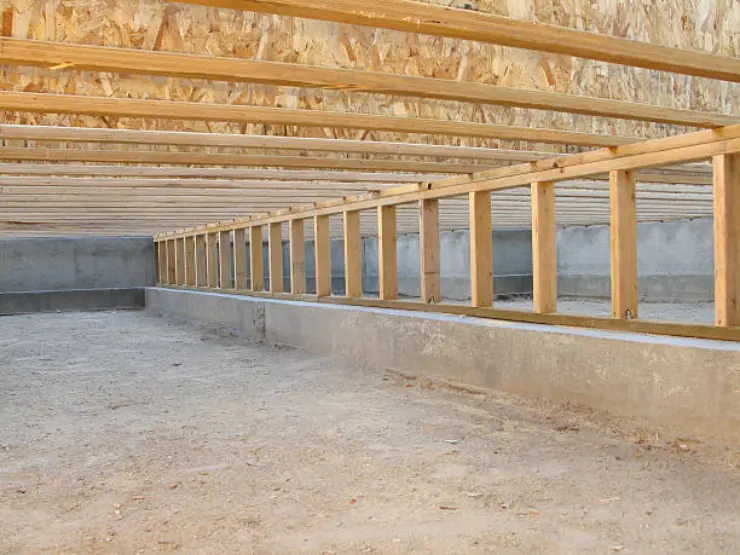
Improved Indoor Air Quality
Air from the crawl space naturally circulates into a home’s living areas. If the crawl space is damp or moldy, contaminants such as allergens and pollutants can enter the home. Sealing the crawl space reduces these risks, resulting in cleaner air and a healthier indoor environment.
Pest and Rodent Prevention
A sealed crawl space acts as a barrier against insects, rodents, and other pests. Unsealed crawl spaces provide an ideal environment for pests, leading to infestations that can cause structural damage. By encapsulating the area, homeowners significantly reduce the likelihood of pest-related issues.
Mold and Moisture Control
Crawl spaces with high humidity levels create an environment where mold thrives. Mold growth can lead to health concerns, including respiratory issues and allergies. Encapsulation prevents excessive moisture buildup, reducing the risk of mold development and maintaining a safer home environment.
Encapsulation Costs and Financial Benefits
Upfront Investment and Installation Costs
The price of crawl space encapsulation depends on factors like the home's foundation size, existing moisture levels, and the materials used in the process. Costs typically range between $5,000 and $15,000, but homeowners should consider this an investment rather than an expense. Financially, encapsulation reduces long-term expenses, making it a valuable investment for homeowners looking to lower energy and maintenance costs.
Long-Term Savings and Return on Investment
By preventing moisture-related damage, encapsulation helps avoid costly repairs to flooring, insulation, and structural components. Additionally, homeowners often see lower utility bills due to improved energy efficiency, with some reports indicating a reduction in heating and cooling costs by up to 20%. Some may also qualify for energy efficiency rebates or tax incentives, further improving the return on investment.
While encapsulation offers significant financial and structural benefits, homeowners should also consider the upfront investment and ongoing maintenance requirements before making a decision.
Potential Drawbacks and Considerations
Upfront Expenses
Homeowners concerned about initial costs should explore financing options, tax credits, or state-level energy efficiency programs that can help offset expenses.
Crawl Space Encapsulation and Homeowners Insurance
Insurance Coverage Implications
Standard homeowners insurance policies typically do not cover crawl space encapsulation unless it was installed prior to damage. However, encapsulation serves as a preventative measure that helps avoid insurance claims related to moisture-related issues.
Impact on Premiums and Claims
Encapsulation can reduce the frequency of claims associated with mold, water damage, and structural deterioration. While insurance providers may not directly lower premiums for encapsulated crawl spaces, homeowners benefit from fewer costly repairs and improved long-term coverage reliability.
Given that insurance policies often do not cover the cost of encapsulation, homeowners must take proactive measures to protect their property. Choosing the right moisture control solutions can help safeguard against future damage.
Protect Your Home with Polyguard Moisture Control Solutions
Creating a dry, protected foundation is essential for long-term home integrity. Polyguard provides industry-leading moisture management solutions designed to help homeowners prevent water intrusion and maintain structural durability. Contact us today to learn more about effective moisture control strategies.



